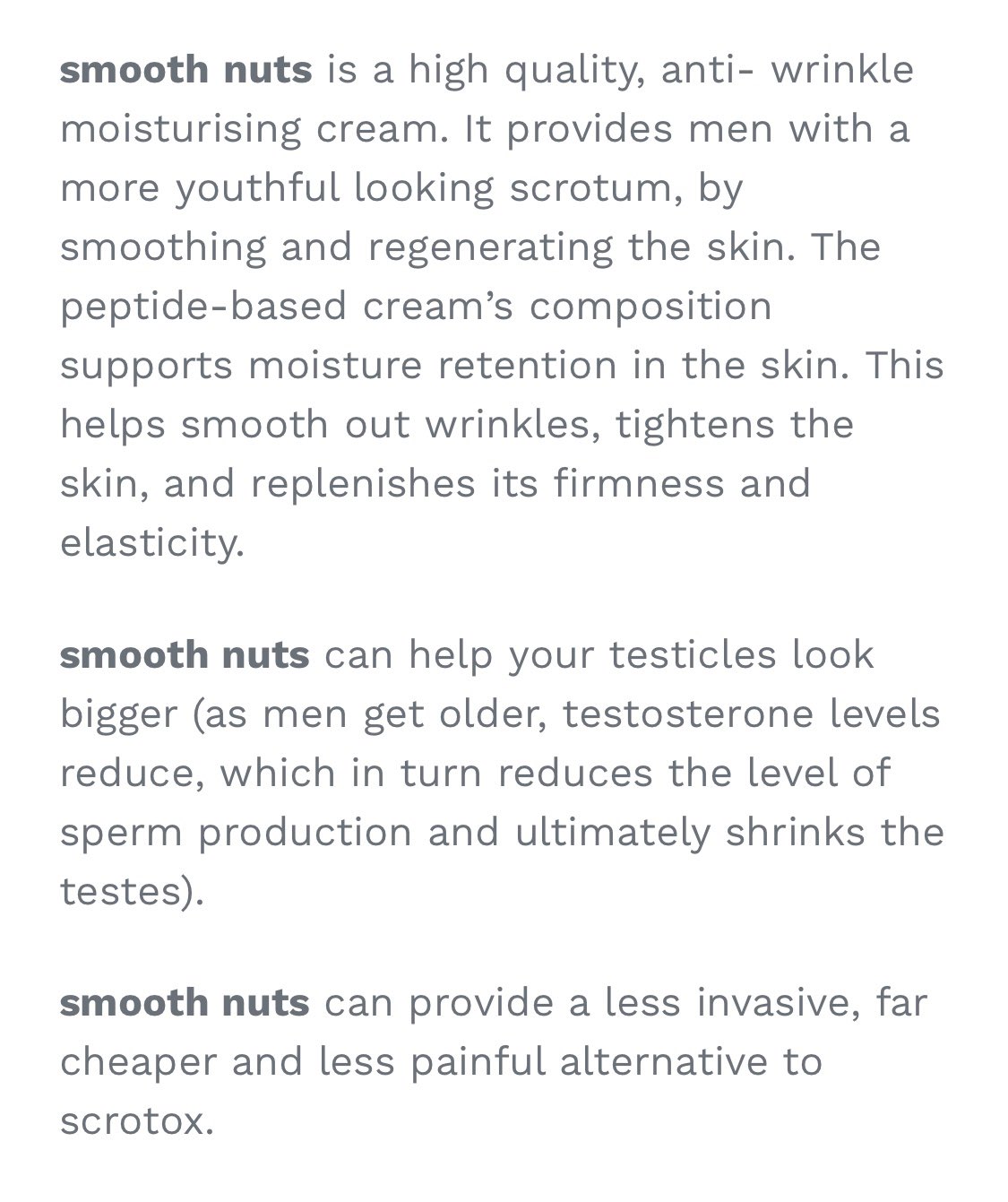
Anaesthesia can cause side effects that may affect breast implant recovery. These include soreness and nausea. Some women have unbearable pain after a surgery. It is possible to take pain medication to relieve the discomfort and speed up your recovery. To help you heal, a breast support bandage will be worn. You can also take pain medication to reduce the redness and swelling around your breasts. To support your breasts during healing, you can wear a compression bra.
Bras for compression
If you are planning to undergo breast implant surgery, you should wear a post-operative bra, which should be comfortable but not too tight. Underwires and padding can cause irritation to the stitches, making scarring more obvious. Compression bras without underwires are safer as they provide support and comfort while you recover. Compression bras with front closures are also easier to remove. Here are some tips to help you choose the right compression bra for your needs:
A compression bra is a post-operative garment that promotes blood circulation and reduces the swelling around breast tissue. The compression garment promotes antimicrobial cell transfers to the site of infection. This is crucial for eliminating pathogens. Compression bras help women recover from breast implant surgery by maintaining post-operative changes and minimizing the risk of clot migration. It can help the body eliminate clots from plastic surgery. Clot migration can cause severe consequences.

Implants of under-muscle
Compared to other breast implant placement methods, the recovery time from breast implant placement with under-muscle implants is a bit longer. The implants will be deflated and then placed in a small tunnel. This procedure is less invasive and causes less pain. It is normal to experience some swelling and pain during the recovery period. It could take four to 8 weeks for the swelling in your legs to subside.
Breast implant patients usually experience some pain following their procedure. However, it can vary depending on the surgical technique used and the patient's tolerance for discomfort. Some women feel very little pain while others need painkillers to manage their discomfort. If the procedure was performed under the muscle, the implant may look too high immediately after surgery. It is normal for implants to look different after surgery. However, it may take several weeks or even months for them to settle into the right position.
The sutures are prone to swelling
If your breast implants are incorrectly positioned, you may experience swelling around the area of recovery. There are many reasons this can occur. Infections can happen if the wound is infected. This can cause the dissolvable stitches to break down faster. It can also happen when you lift heavy objects, engage in strenuous exercise, or engage with other dangerous activities after the surgery. For treatment, contact your surgeon immediately if you suspect this.
After breast implant surgery, infection and damaged breast tissue are common causes of pain and swelling. You can prevent them by using blood thinners. However, taking them after surgery can aggravate the situation. These blood thinners can be used to reduce swelling, bruising, and pain. Consult your surgeon to make sure you don't have any other underlying medical conditions or complications.

Long-term complications
There are some long-term complications of breast implant surgery that can be expected after the procedure. Some patients will require overnight hospitalization to treat bruising. However, bruises won't affect the outcome. A haematoma can cause capsular contracture, which can lead to additional hospitalizations. These complications are uncommon and don't usually last very long.
Although breast implant manufacturers routinely issue updates regarding their medical devices, few issues have been reported by physicians. The FDA may report some instances of adverse events, but these are only the beginning. Most physicians do not report any problems related to medical devices. Therefore, the number of reported cases can be considered to be the tip of the iceberg. The risks of BIA-ALCL in textured implants are estimated to be between 1.79 and 2.82 per thousand.